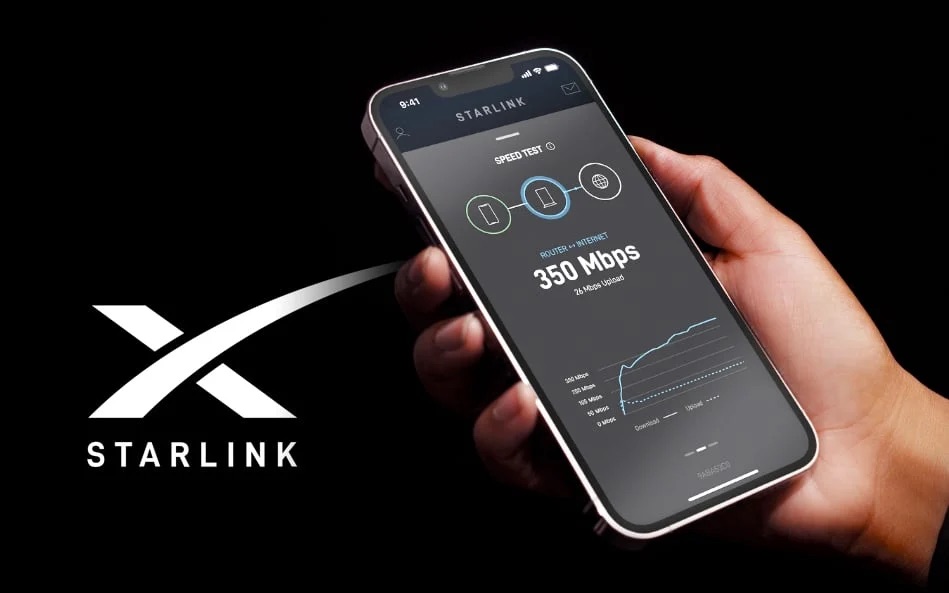
Starlink, SpaceX’s new satellite in – started to implement a $100 congestion charge. This monthly fee would only be charged in specific neighborhoods where network demand has recently skyrocketed past capacity. In addition, the company has instituted a more substantial $250 charge for customers in Sacramento, California, as well as in San Diego and Phoenix. Starlink is changing this setting to help reduce stress on network capacity. As someone entrusted with the data of millions, they care deeply about the privacy and security of their users.
Expansion of Congestion Fees
The new adjustments come on the heels of Starlink’s implementation of congestion charges which started last year. The new fees are meant to focus on places suffering the worst impact of extreme user overuse. Other cities like San Francisco, Las Vegas, and Orlando still are able to enforce the initial congestion charge of $100. Sacramento, San Diego, and Phoenix have all increased their charges in response to growing worries over network capacity in hot spots with strong demand.
Starlink has similarly shifted its service paid service offerings in London, UK. The company removed the waitlist for new customers but raised the congestion charge, demonstrating similar trends seen in the United States.
Recently, Starlink imposed a significant speed cap on subscribers utilizing its Priority plan, further highlighting the challenges of maintaining service levels amid increasing demand. The telecommunications company has been providing notice to Roam customers that they may face limitations in service. If they don’t stop poaching riders in “sold out” markets after 60 days, they may be penalized.
Starlink’s provides powerful, cost-effective alternative to congestion charges. Because their “regional savings” program provides users in states with lots of excess network capacity a $200 bonus. This program makes it easy and proactive for patrons to skip the busy spots. It incentivizes them to build where there is already better, more consistent service.
Waitlist Reintroduced
Before these new changes took effect, Sacramento, San Diego, and Phoenix were put on a waitlist from overwhelming demand. Continuing impact As a result of these new congestion fees, Starlink has reintroduced the waitlist in many cities. Now, prospective customers are forced to wait endlessly until more network capacity is built out.
Starlink is closely adapting to these developments. It’s testing several different pricing structures and developing tiered plans to better serve the needs of its varied user population and to help manage the ever-increasing network complexities.
“Sacramento area is pricey, ouch! Back to the waitlist for me.”
As Starlink navigates these changes, it continues to explore various pricing structures and plans to accommodate its diverse user base while addressing the complexities of network management.
Author’s Opinion
Starlink’s implementation of congestion charges signals a practical approach to managing increasing demand in its growing user base, but it also reflects the inherent challenges of delivering reliable internet service in high-demand areas. While the company’s attempts to incentivize users away from congested locations with its regional savings program are a step forward, the increased fees and waitlists may frustrate new customers and hinder further expansion. Balancing cost, service quality, and capacity will be critical for Starlink as it continues to refine its pricing strategies and network capabilities.
Featured image credit: Vitya_maly via GoodFon
Follow us for more breaking news on DMR
